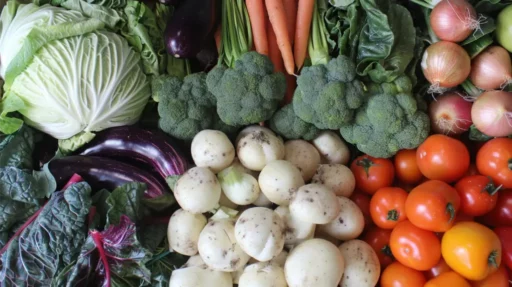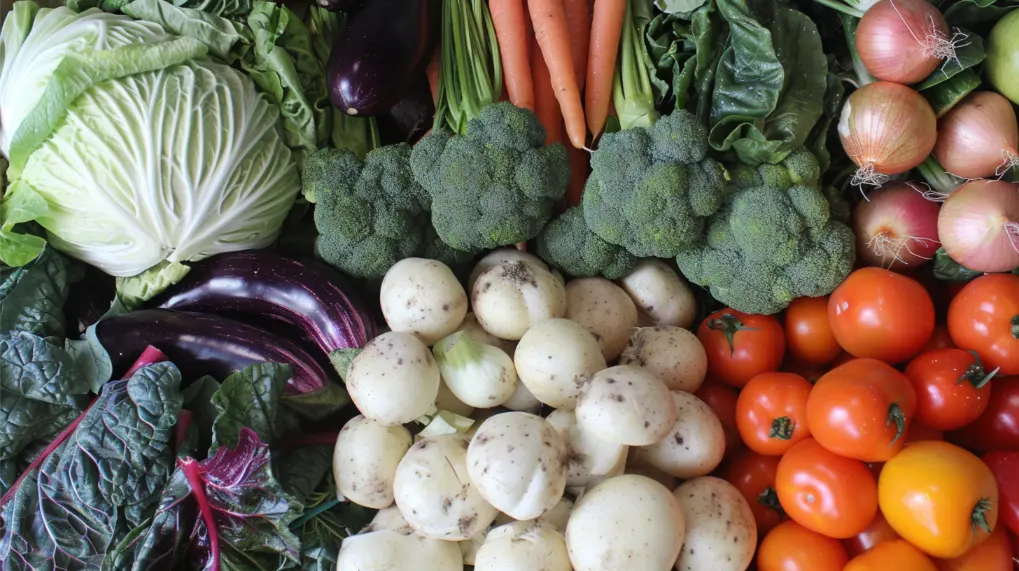Are you tired of buying expensive and chemical-laden vegetables from the supermarket? Do you want to enjoy fresh, nutritious, and delicious produce right in your own backyard?
Growing your own organic vegetables is a great way to ensure that you and your family are eating healthy food while also saving money and reducing your environmental footprint.
Why Grow Organic Vegetables?
Growing organic vegetables is not only good for your health, but it’s also beneficial for the environment. Organic farming methods promote soil health, conserve water, and reduce pollution. By growing your own organic vegetables, you’ll be able to:
- Enjoy fresher and more nutritious produce
- Save money on grocery bills
- Reduce your carbon footprint
- Promote biodiversity and support local ecosystems
- Have fun and connect with nature
Getting Started with Growing Your Own Organic Vegetables
Growing your own organic vegetables can be a rewarding and delicious experience. Not only will you have fresh, healthy produce right in your backyard, but you’ll also save money and reduce your environmental footprint. Here’s a comprehensive guide to help you get started:
Step 1: Choose the Right Location
- Select a spot that receives at least 6 hours of direct sunlight a day.
- Ensure good drainage and air circulation to prevent diseases.
- Avoid areas with standing water or where water tends to collect.
Step 2: Prepare the Soil
- Test your soil pH and adjust it if necessary.
- Add organic matter like compost or manure to improve soil structure and fertility.
- Till the soil to a depth of 8-10 inches to loosen and aerate it.
Step 3: Select the Right Vegetables
- Choose varieties that are suitable for your climate and growing season.
- Consider companion planting to enhance growth and reduce pests.
- Start with easy-to-grow vegetables like tomatoes, cucumbers, and leafy greens.
Step 4: Plant Your Vegetables
- Follow the specific planting instructions for each variety.
- Plant seeds at the correct depth and spacing.
- Water thoroughly after planting and keep the soil consistently moist.
Step 5: Maintain Your Garden
- Water your vegetables regularly, but avoid overwatering.
- Mulch around plants to retain moisture and suppress weeds.
- Keep your garden free of pests and diseases using organic methods.
Step 6: Harvest Your Vegetables
- Check the specific harvesting instructions for each variety.
- Harvest at the right time to ensure optimal flavor and texture.
- Enjoy your fresh, organic produce!
Tips and Tricks
- Start small and expand as you gain experience.
- Rotate your crops to avoid depleting soil nutrients and promoting pests and diseases.
- Use natural pest control methods like companion planting, neem oil, and hand-picking pests.
- Learn to identify common pests and diseases and take action early to prevent infestations.
- Keep a garden journal to track your progress and plan for future seasons.
Popular Organic Vegetables to Grow
- Tomatoes
- Cucumbers
- Carrots
- Leafy Greens (Lettuce, Kale, Spinach)
- Herbs (Basil, Cilantro, Parsley)
- Peppers
- Zucchini and Summer Squash
Growing your own organic vegetables is a rewarding and fulfilling experience. With these simple steps and tips, you can start enjoying fresh, healthy, and delicious produce right in your own backyard.







